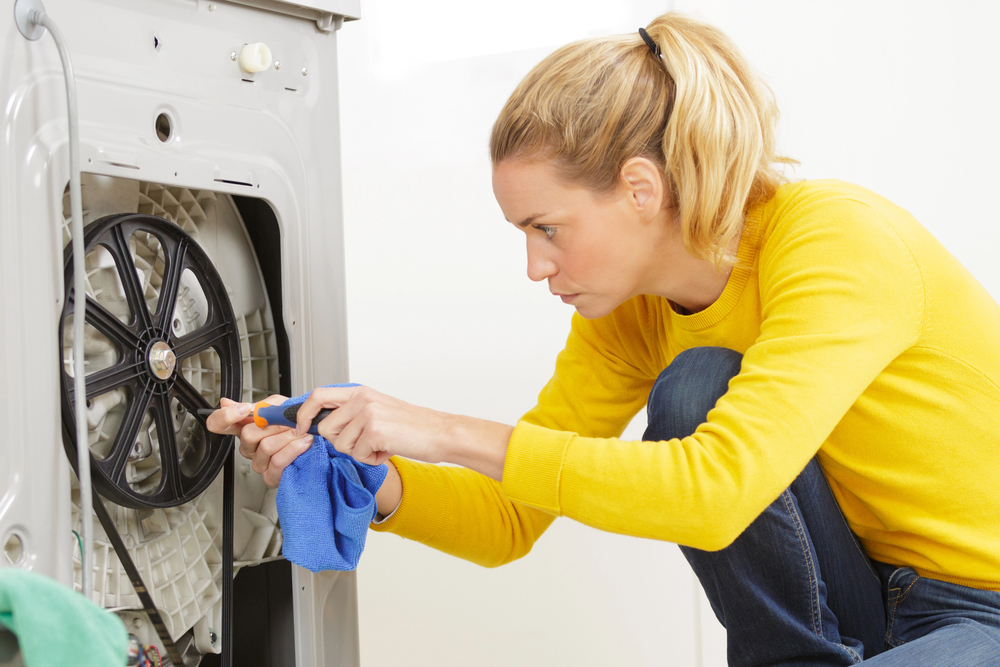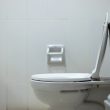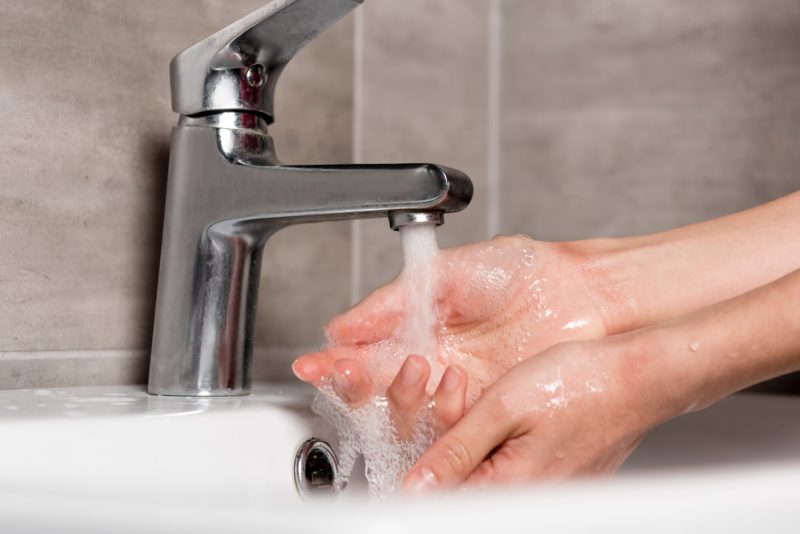Water pressure, often taken for granted, plays a significant role in our daily lives. We depend on it for everything from taking showers to watering our gardens.
However, many might not realize that high water pressure can pose just as many risks as low water pressure. Understanding these potential dangers is essential for ensuring the safety and efficiency of plumbing systems.
The Basics of Water Pressure
Water pressure refers to the force with which water is delivered through pipes in a plumbing system. It is measured in pounds per square inch (PSI).
An average residential water pressure ranges from 40 to 60 PSI. When pressure levels stray too far from this optimal range, issues can arise, leading to costly repairs and inconveniences.
Risks Associated with High Water Pressure
When water pressure exceeds the standard levels, a myriad of problems can emerge. High pressure can be a silent enemy in plumbing systems, creating a host of issues that property owners might not notice until damage occurs.
Pipe Damage and Bursts
One of the most immediate dangers of high water pressure is the risk of pipe damage. Pipes are designed to withstand a specific amount of stress.
When water pressure surpasses this threshold, it can lead to leaks, cracks, or even complete bursts. This not only escalates repair costs but also causes water wastage, contributing to environmental concerns.
Appliance Damage

Household appliances, such as washing machines and dishwashers, are also vulnerable to high water pressure. These devices have specifications to operate optimally under certain pressures.
When they are subjected to excessive pressure, it can lead to premature wear and tear, malfunction, or total failure. Replacing appliances can be a significant financial burden, adding to the overall risk of high water pressure.
Increased Water Bills
With high water pressure, you may notice an uptick in your water bill. This can happen for several reasons. Firstly, leaks from damaged pipes can lead to excessive water usage.
Secondly, fixtures like faucets and showers may deliver water at a faster rate than necessary, contributing to wastage. Over time, these factors can accumulate, leading to financial strain.
The Problems of Low Water Pressure
While high water pressure carries its own set of risks, low water pressure can be equally troublesome. It may seem less alarming, but low pressure can lead to scenarios that are just as frustrating and costly.
Inefficient Water Supply
Low water pressure makes daily tasks, such as showering or washing dishes, more time-consuming. Many people find themselves waiting longer for water to flow at an adequate rate.
This inefficiency can lead to dissatisfaction with household routines and the overall quality of life.
Difficulty in Fire Safety
Fire safety is another crucial aspect where low water pressure becomes a concern. In emergencies, such as a fire, adequate water pressure is vital for effective firefighting.
Low pressure can hinder firefighters’ ability to access water quickly, potentially putting lives and property at risk. Homes in areas with consistently low pressure may need to consider alternative fire safety measures.
Increased Risk of Contamination
Low water pressure can also heighten the risk of contamination. When pressure is too low, it may allow contaminants to enter the water supply through cracks or breaks in the pipes.
Inadequate pressure can create suction that draws in unwanted substances, compromising the safety of drinking water.
Balancing Water Pressure
Finding a balance is key when it comes to water pressure. Homeowners often overlook this aspect, but regular maintenance and monitoring can help identify issues before they escalate.
Understanding Pressure Regulators
Pressure regulators are devices designed to moderate water pressure, preventing potential damage to plumbing systems. Installing a pressure regulator can provide peace of mind, ensuring that the pressure remains within a safe range.
Regular checks on these devices are necessary to maintain their efficacy. For expert guidance on installing and maintaining pressure regulators, contact Plumbers Strathfield who can ensure your system runs smoothly.
Regular Maintenance
Routine maintenance of plumbing systems is essential for identifying potential issues related to water pressure. Homeowners should schedule regular inspections to check for leaks, wear, or signs of damage.
Addressing these problems early can save money and prevent larger issues from arising.
Monitoring Water Usage
Keeping track of water usage can provide valuable insights into the state of your plumbing system. If you notice sudden spikes in your water bill or changes in water flow, it might be a sign of pressure issues.
Such observations can prompt further investigation to prevent more significant problems down the road.
Getting Professional Help
When it comes to water pressure problems, enlisting the help of professionals is often the best course of action. Experienced plumbers can assess your system and provide tailored solutions.
Identifying Underlying Issues
Sometimes, high or low water pressure can be a symptom of underlying issues within the plumbing system. A professional plumber can diagnose these complexities and recommend necessary repairs or adjustments.
This expertise can save homeowners from costly mistakes that arise from DIY attempts.
Upgrading Plumbing Systems
In older homes, plumbing systems may not be equipped to handle modern demands. Upgrading pipes or fixtures can significantly improve water pressure, whether it’s too high or too low.
While this may involve an initial investment, the long-term benefits often outweigh the costs, leading to more efficient and reliable water flow.
Educating Yourself and Others
Awareness is critical when it comes to managing water pressure in homes. Understanding the risks associated with both high and low water pressure can empower homeowners to take appropriate action.
Sharing Knowledge with Neighbors
Discussing water pressure concerns with neighbors can create a supportive network. Many issues may be community-wide, and sharing experiences can lead to collective solutions.
Whether it’s advocating for local infrastructure improvements or simply sharing tips for managing water pressure, collaboration can enhance community resilience.
Reading Up on Plumbing Basics
Educating oneself about basic plumbing concepts can demystify many aspects of home maintenance. Numerous resources, including books and online articles, can provide homeowners with valuable information.
Familiarity with plumbing can lead to quicker identification of potential issues and more informed conversations with professionals.









